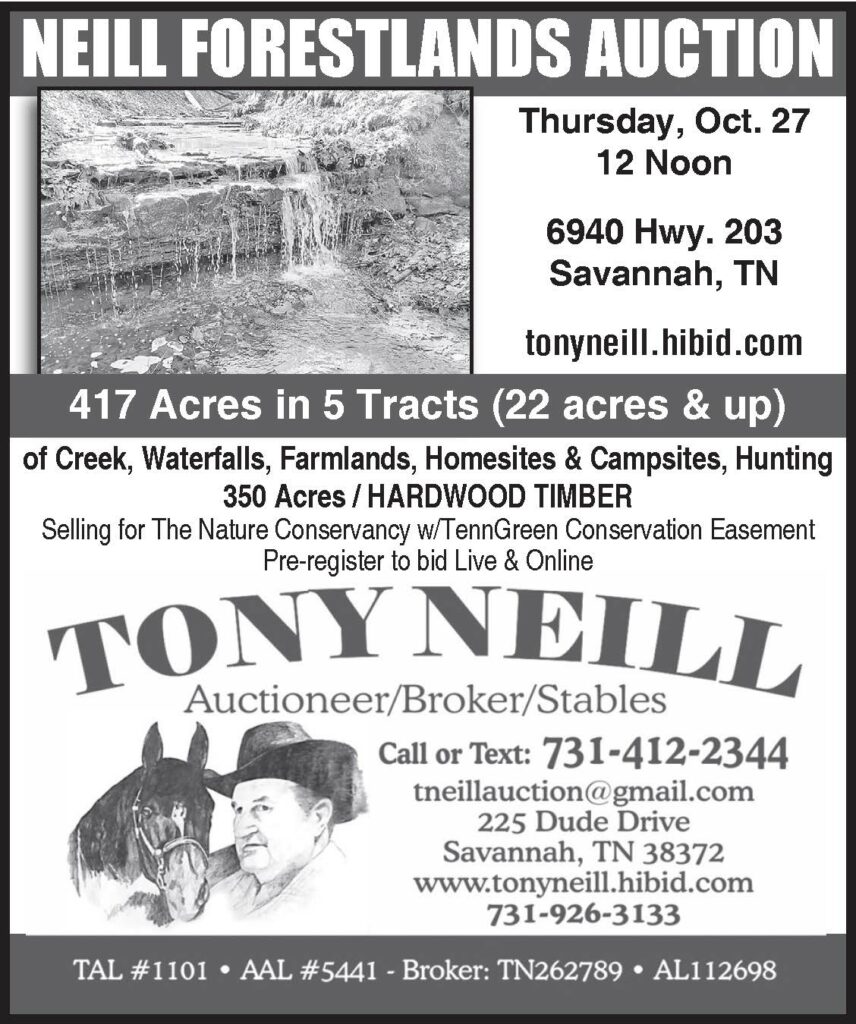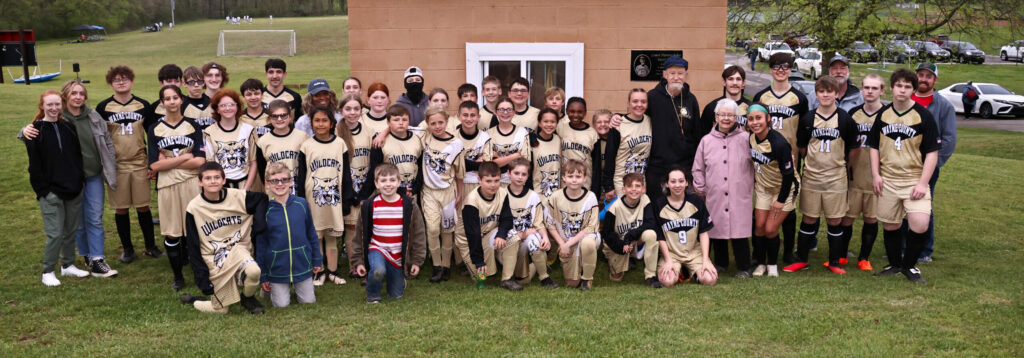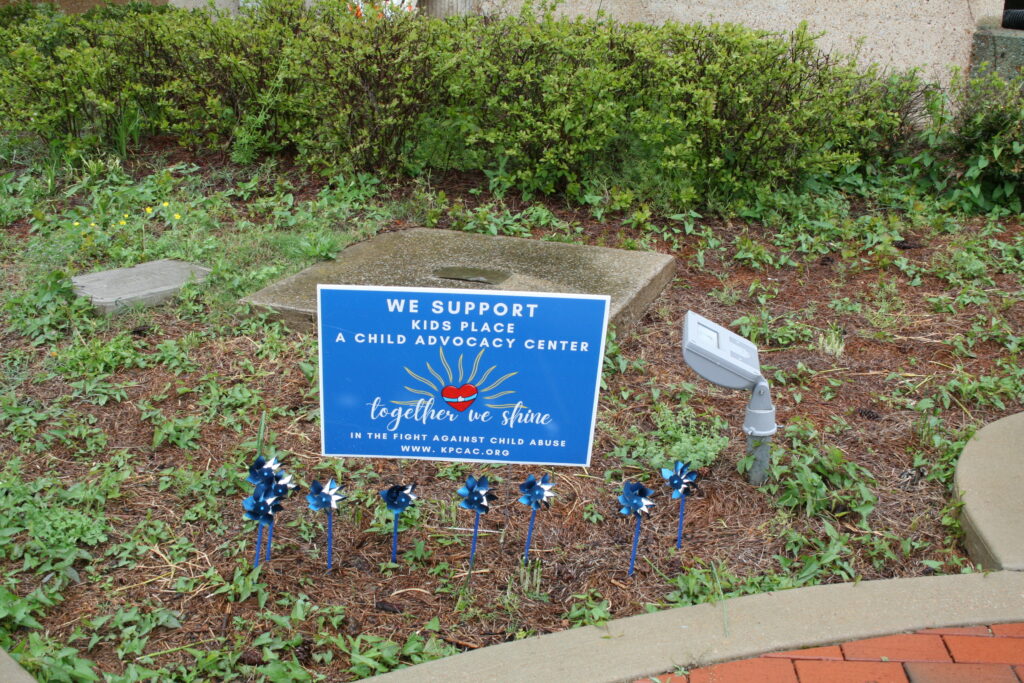Did you experience significant damage to your pastures from feeding hay last winter? If so, you are not alone! Winter hay feeding is essential, but those wet winter days plus our tractors, vehicles, and cattle continually visiting the same locations can significantly damage our pastures. The problem is that we need to maximize every inch of our forage space in our pastures, but feeding hay throughout the winter can reduce viable forage space by killing the grass and allowing problematic weeds (such as pigweed) to grow in its place. While it may seem like a lose-lose situation, there are a couple of things you can plan to implement in the Spring to repair those hay feeding areas and provide fresh forages for your animals.
Option 1: Seed a winter annual after hay feeding is complete. First, smooth up the area with a harrow or disk. Then seed in your winter annual Mid-February -April 1 (ex: ryegrass or oats) to get some cover on the ground (we are wanting to outcompete the weeds). In mid to late May, you can graze this out and then broadcast crabgrass to provide some summer grazing and cover. Then, in September, you can replant the area with tall fescue. However, if you are going to feed hay in the same area again, you may want to choose to plant wheat or rye instead of fescue. Don’t try to establish tall fescue in the spring. UT research has shown it is not a good choice to seed fescue in the spring. While you will see the grass grow, most often the plants will die when hot weather arrives because the plant doesn’t have a good root system developed, plus the grass is too young and fragile to withstand our hot, humid weather. So, save your money and wait until fall for fescue.
Option 2: Skip the winter annual and seed crabgrass in May if your hay feeding lasts until late March. You could also sow in a warm-season annual such as sorghum/sudan hybirds. Sorghum/Sudan hybrids are known to be high-yielding and are great for grazing or hay, but you do have the risk of nitrate toxicity if we experience a drought or non-killing frost. If you choose this type of warm-season annual, be sure to plant ONLY in areas cattle can be removed if we experience a drought or non-killing frost as nitrate accumulation can kill the animal if ingested.
If you have only one location you can feed hay from, you may also want to consider putting in some type of heavy use area in the future that can be used to feed hay. These heavy use areas can also help to reduce hay waste. Contact our local NRCS office to see if there are cost-share options available for heavy-use areas.
I encourage you to begin planning on how you can restore those hay feeding areas you are utilizing currently.
If you have any questions, please call or e-mail Megan Harris at 931-722-3229 or [email protected].
*Information in this article was adapted from “Repairing Damage caused by Hay Feeding” by Dr. Gary Bates, Director, UT Beef & Forage Center.
UPCOMING EVENTS
Statewide Virtual Master Beef Producer Program begins January 25th and will end on March 22nd, 2021. The classes will begin at 5:30pm and will be held via Zoom. The cost for this program will be $100 and will include a cap, sign, flag, a soil or forage test voucher, and a certificate of completion. Please contact Megan Harris to register at [email protected] or 931-722-3229. (Your BQA certification must be current to participate in this program.)







